Helmshaus.com blog
The Madrid Historical Society's Mary Helms Farm.
The Helms Farm was started by individuals in Iowa working at the dawn of the previous century, the owners built a beautiful farm that still houses an ancestor of that founding family.
The Helms Farm was started by individuals in Iowa working at the dawn of the previous century, the owners built a beautiful farm that still houses an ancestor of that founding family.

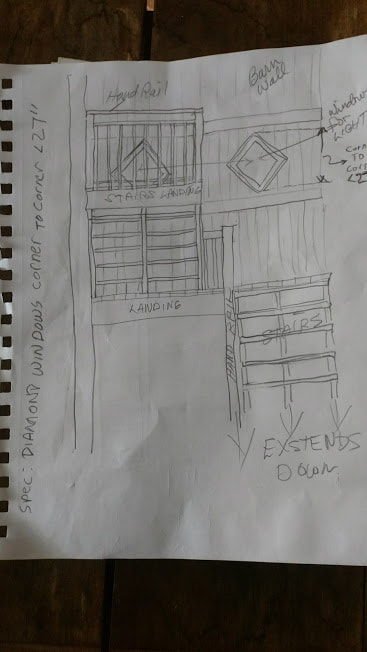
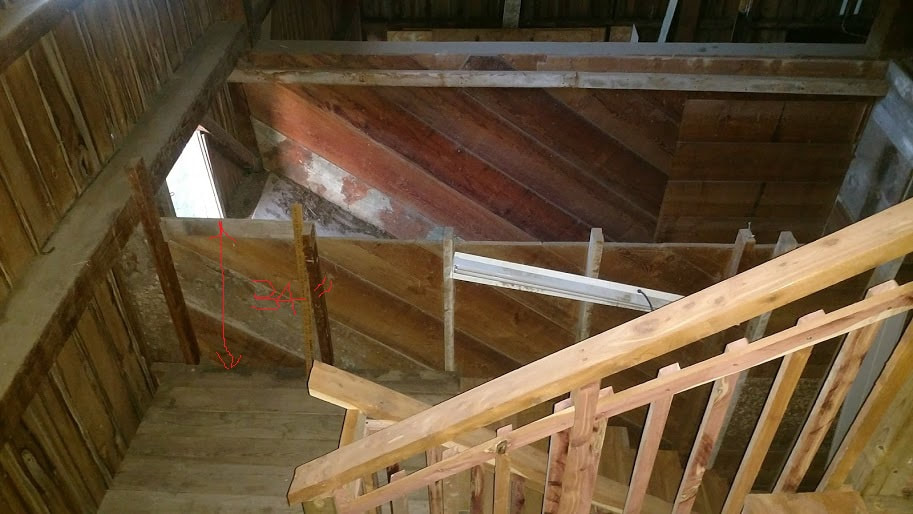
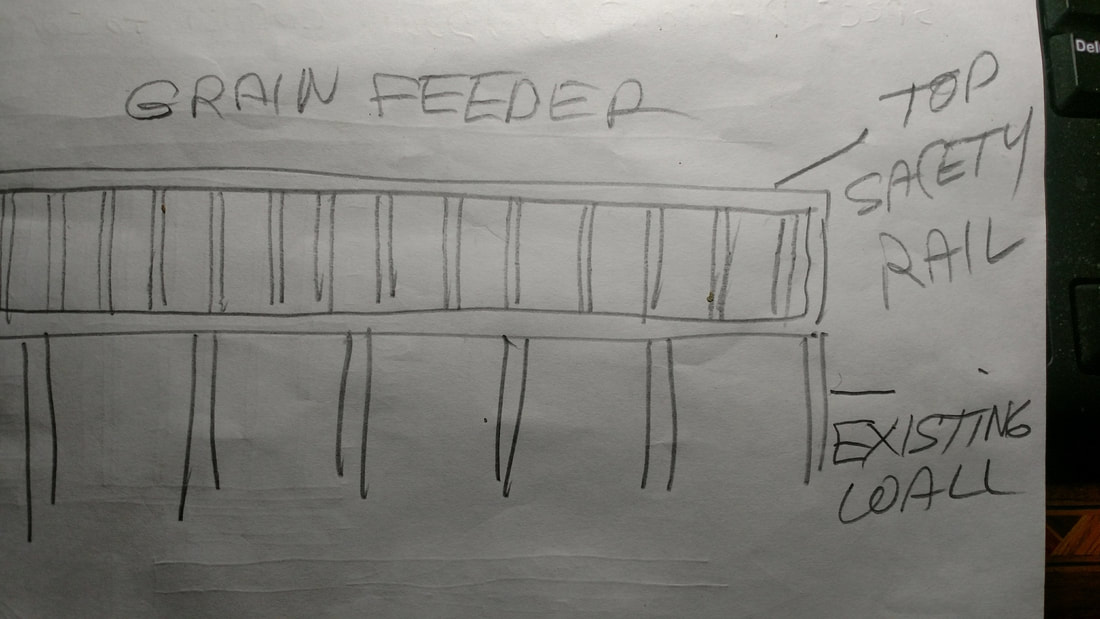
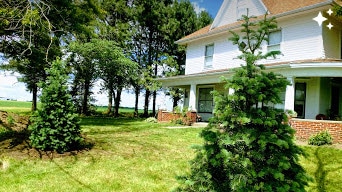
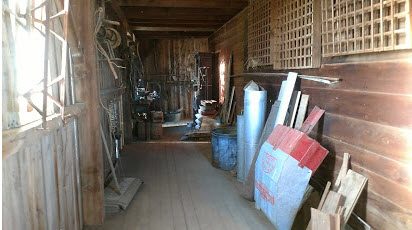
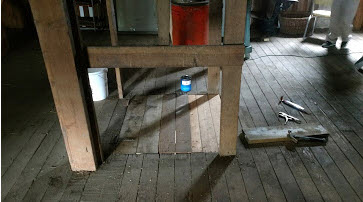
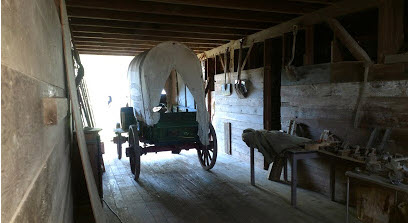
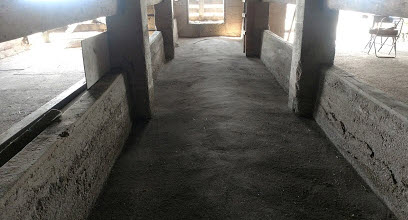
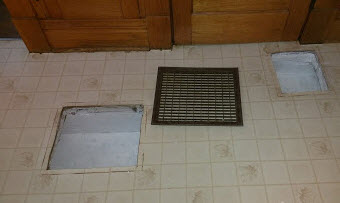
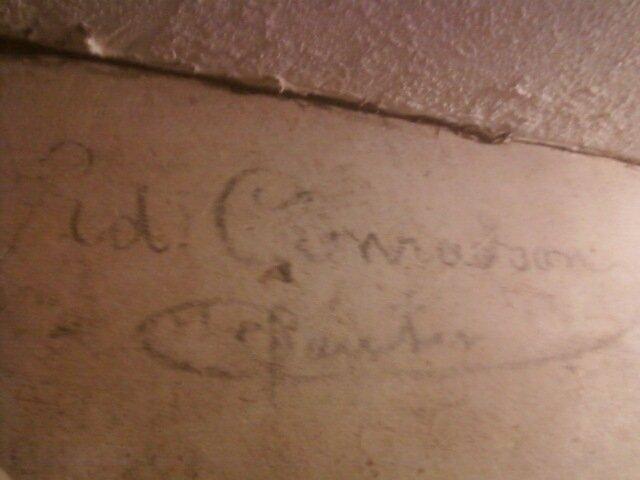
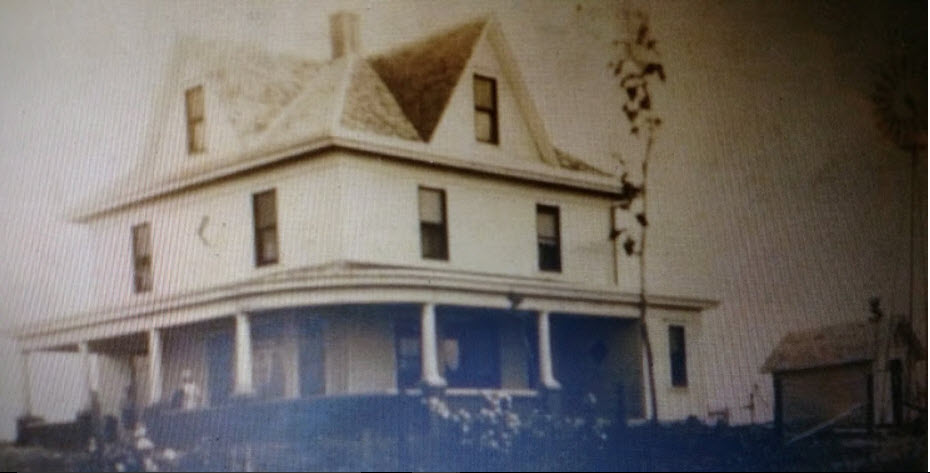
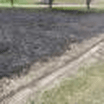
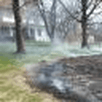
 RSS Feed
RSS Feed